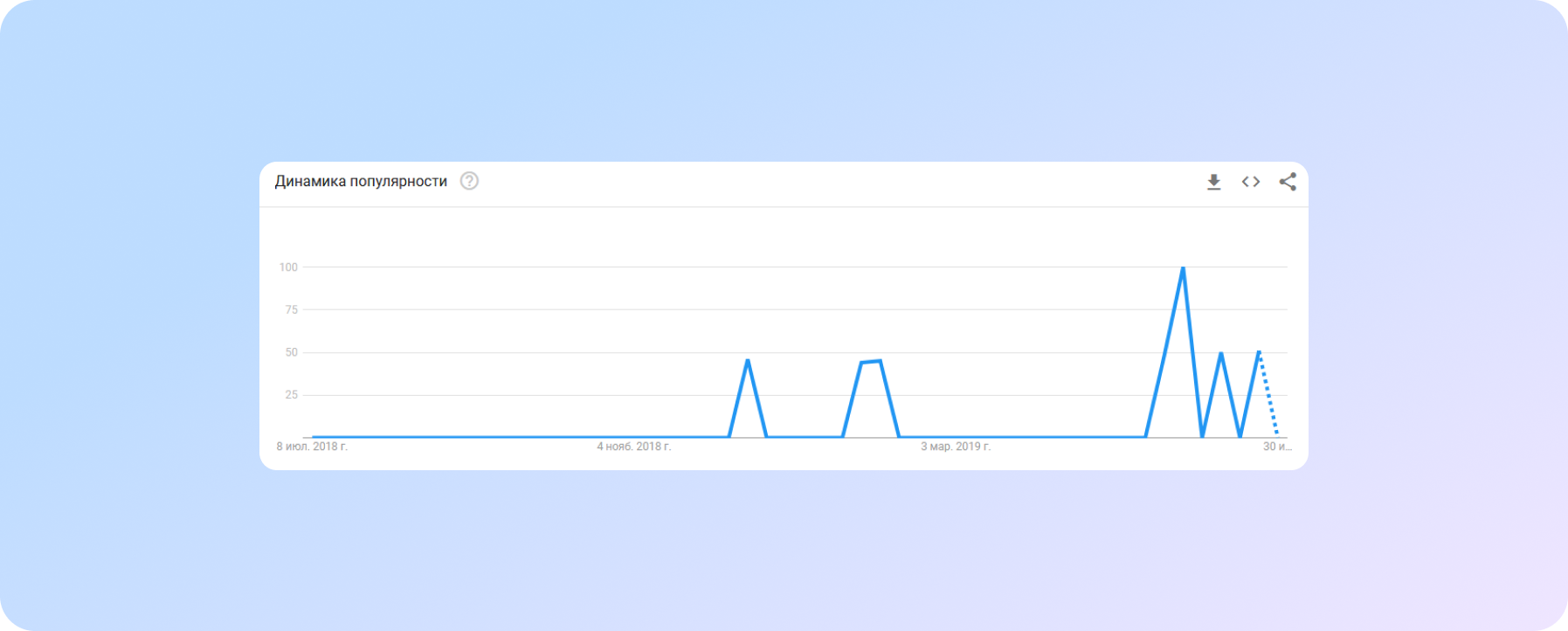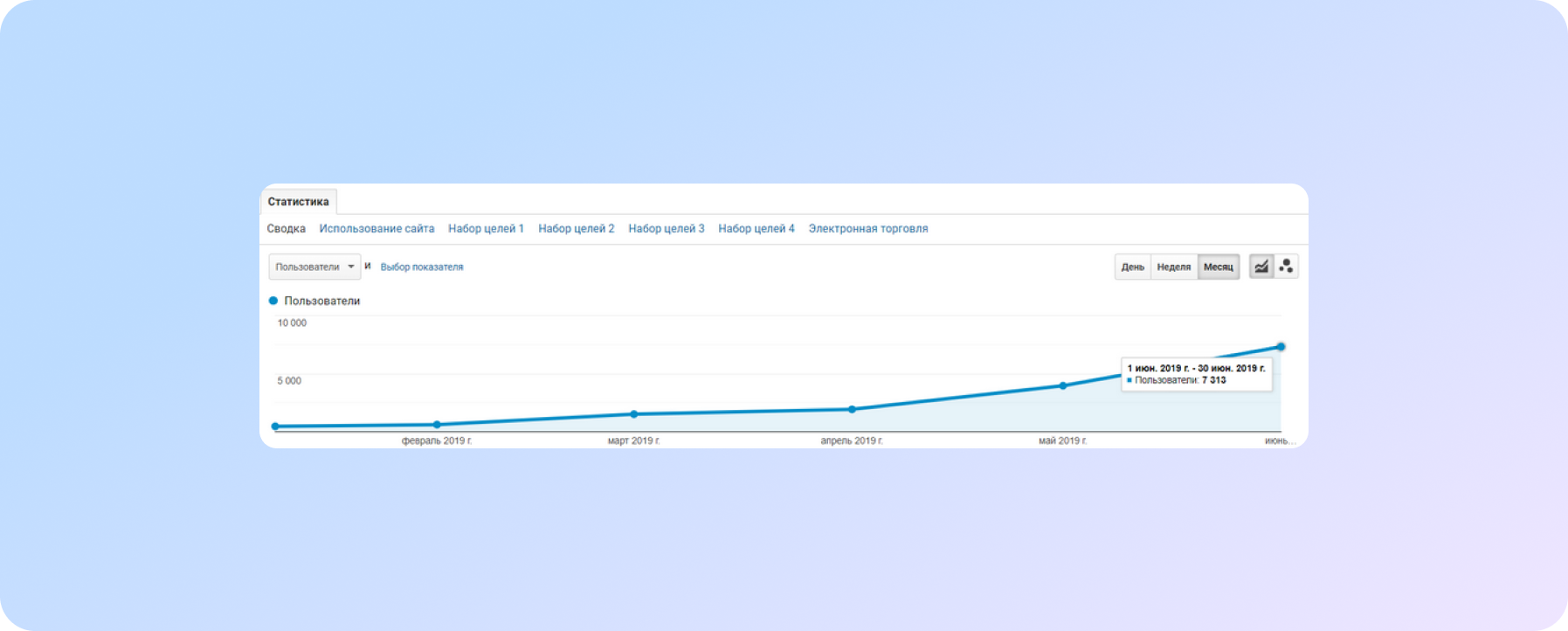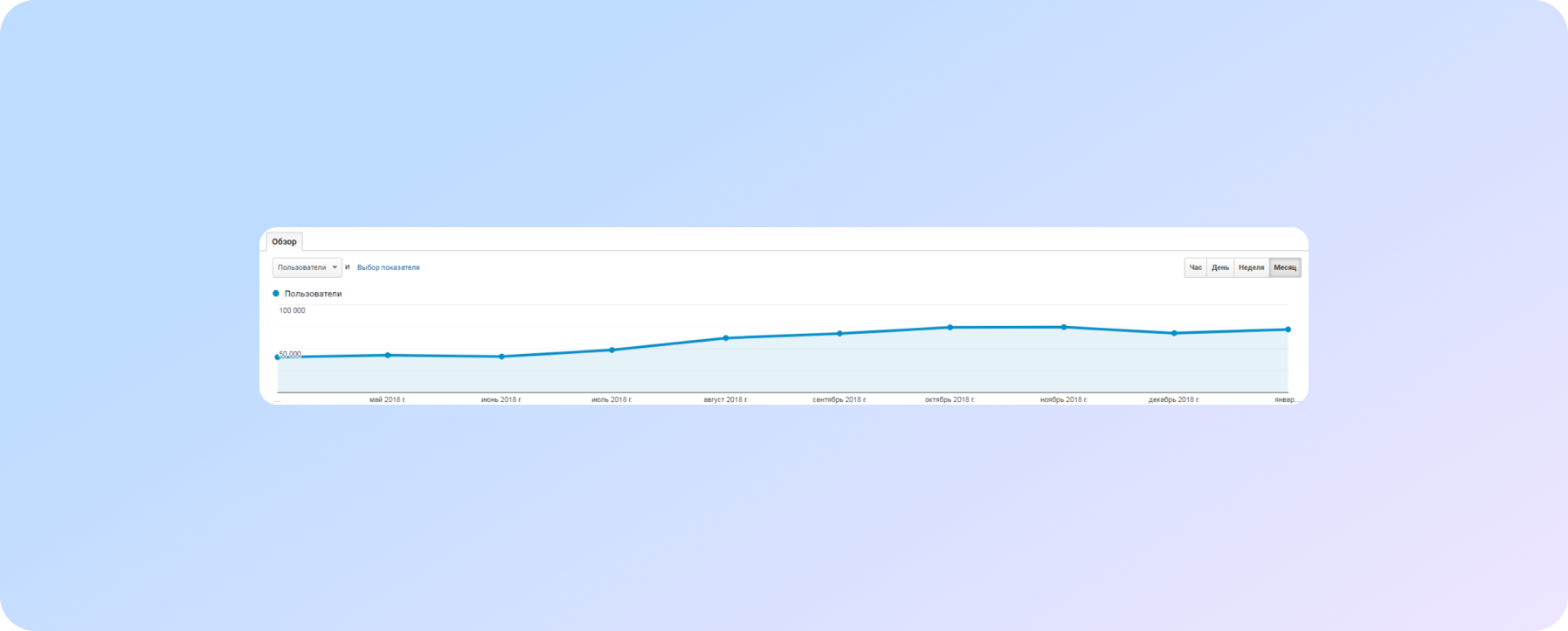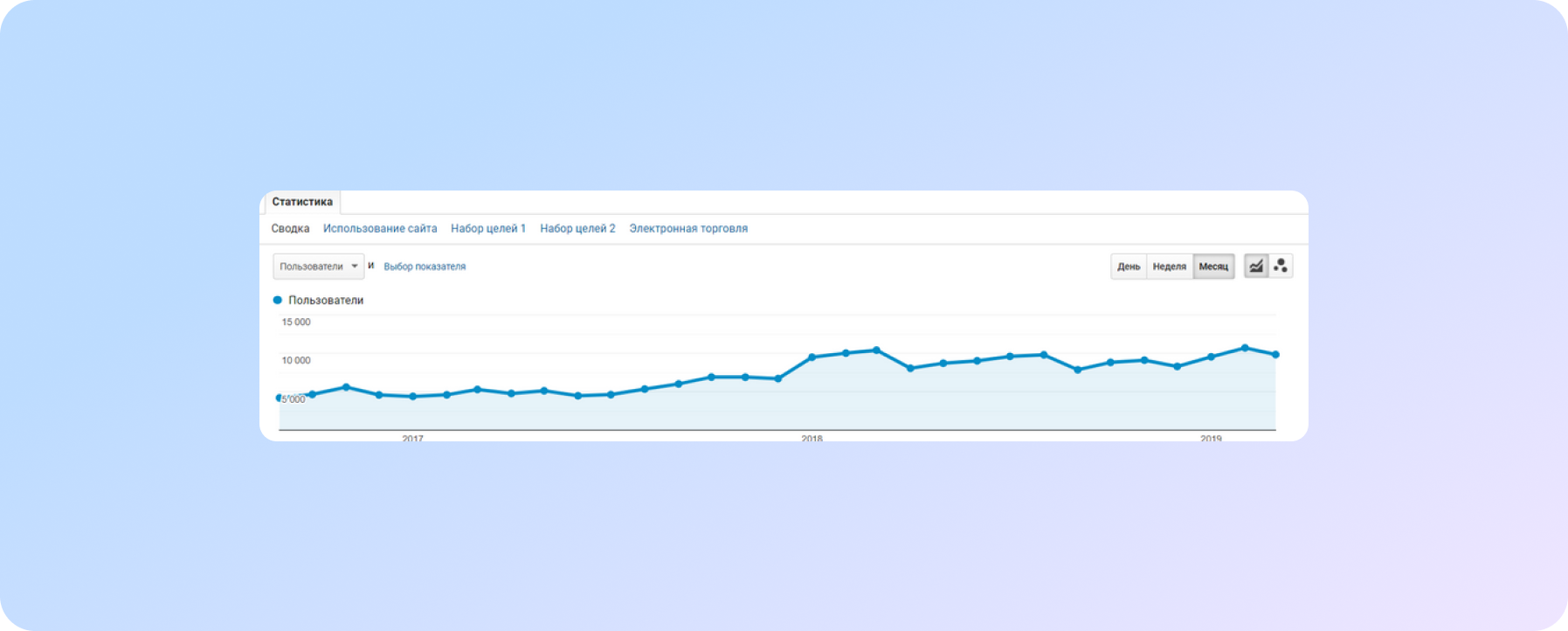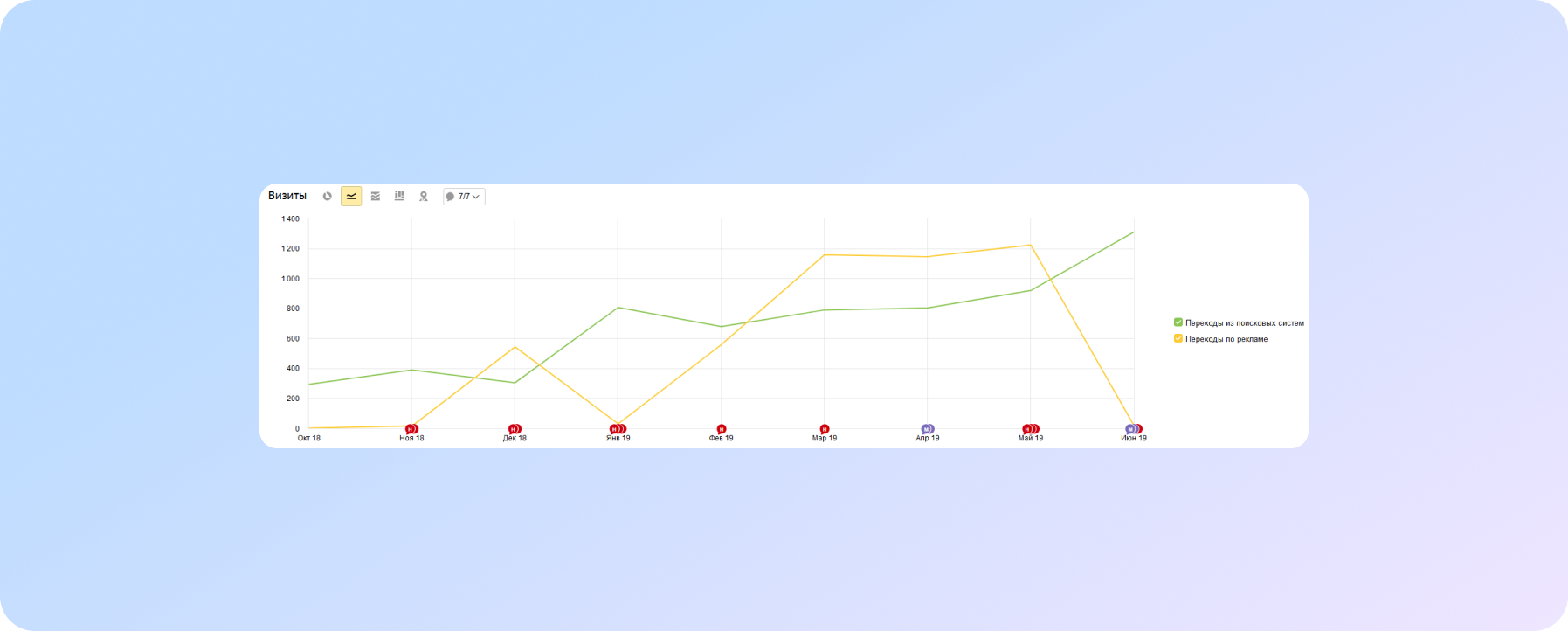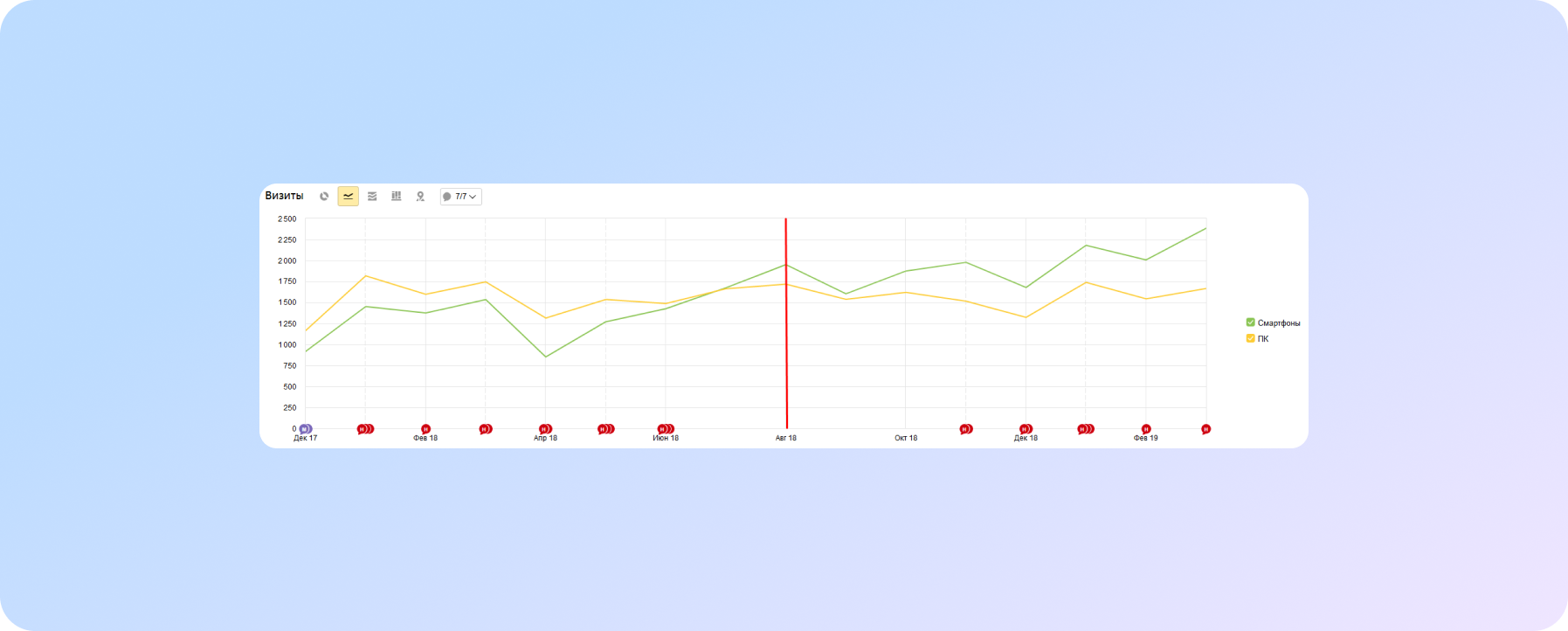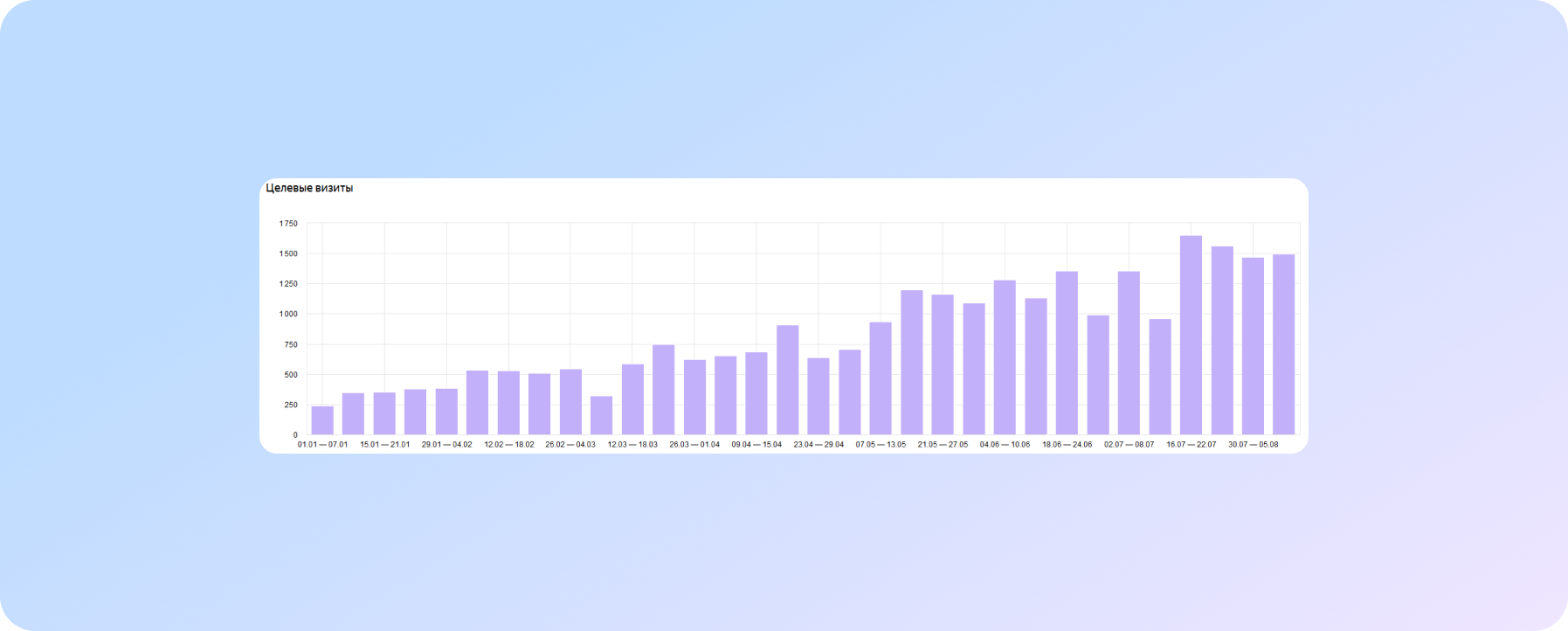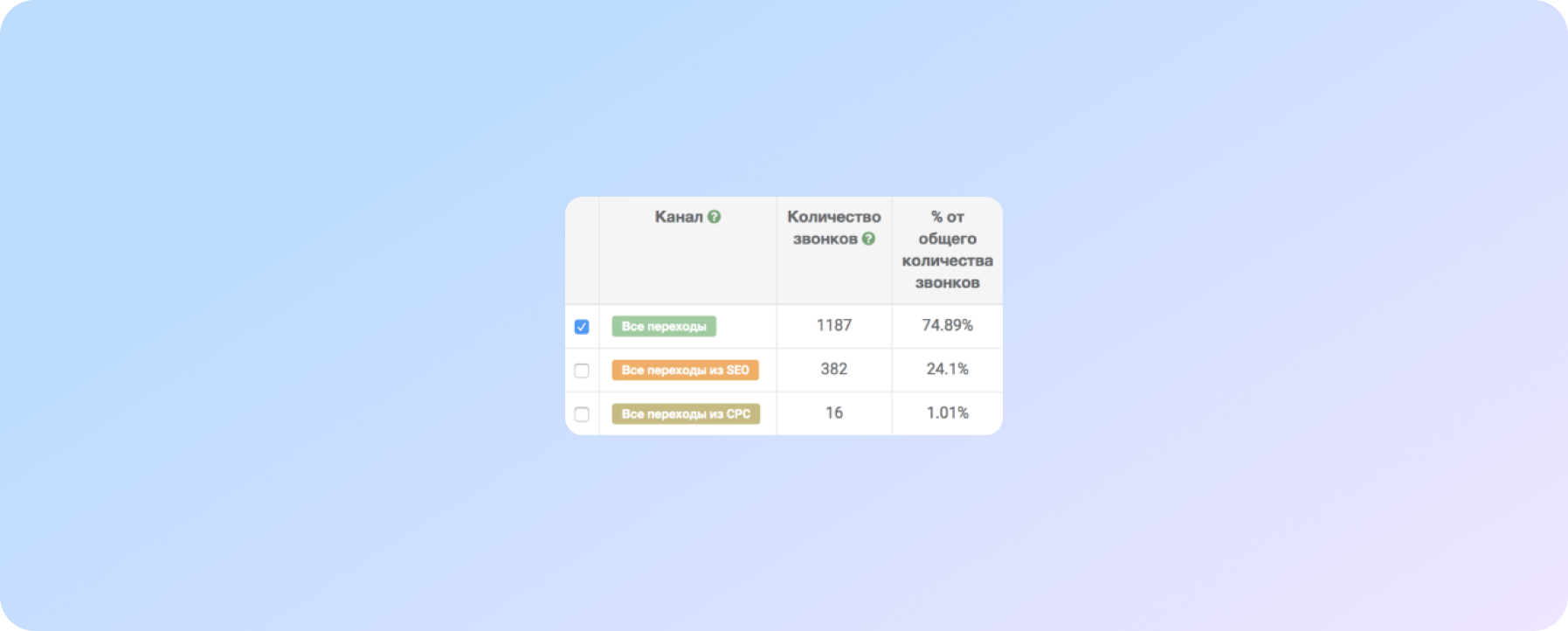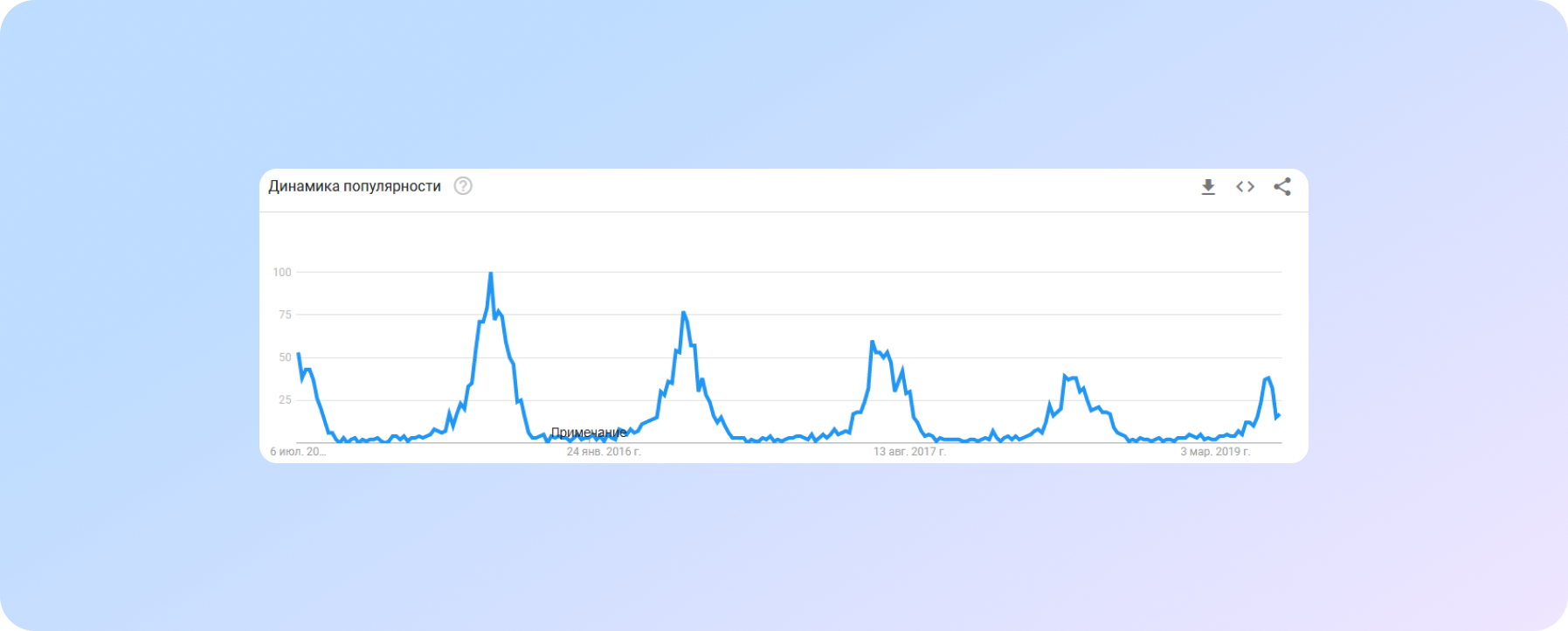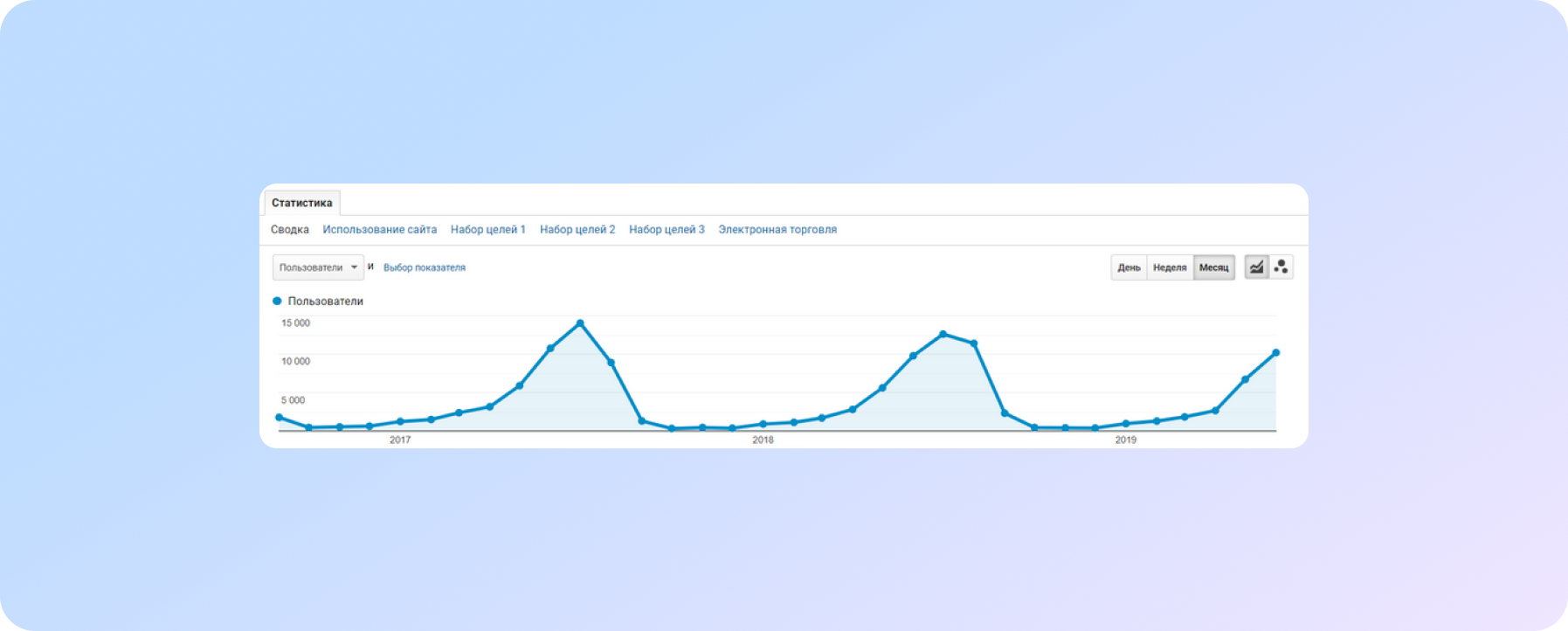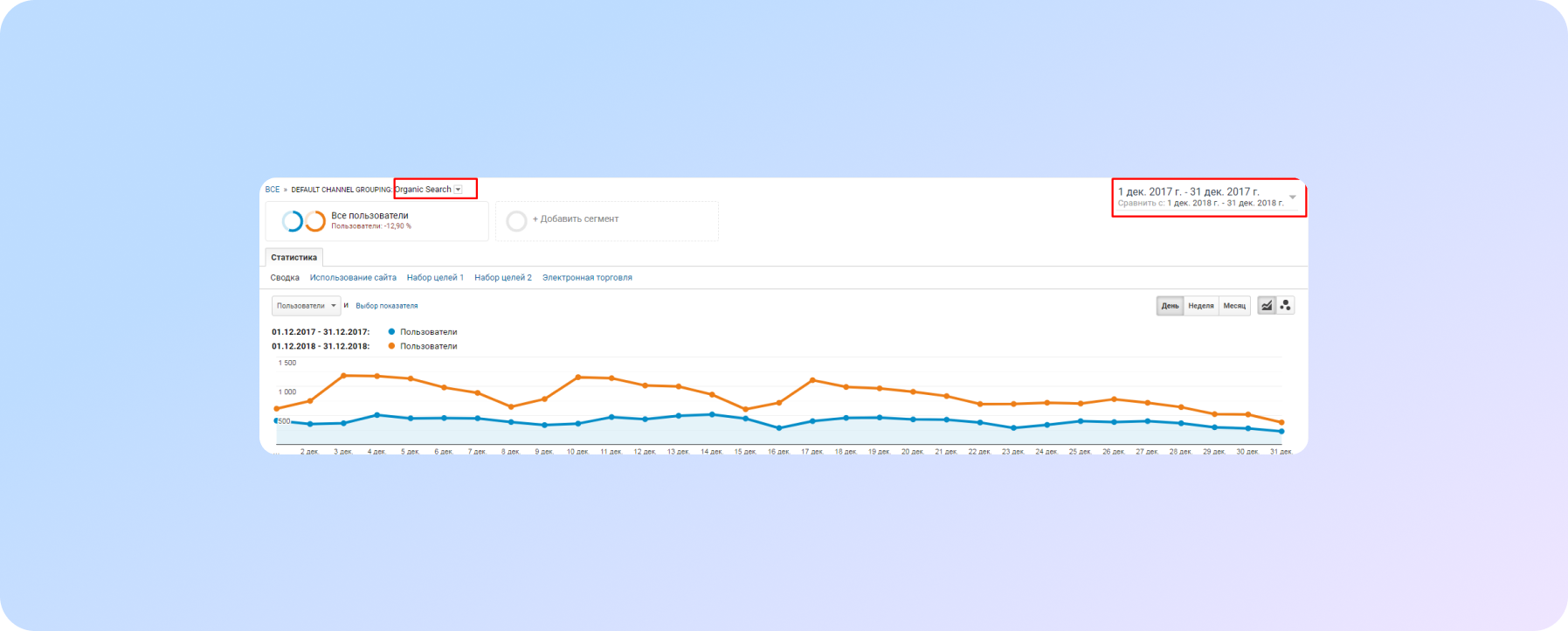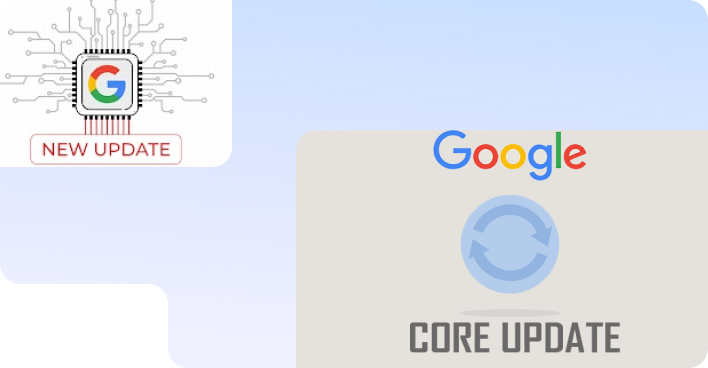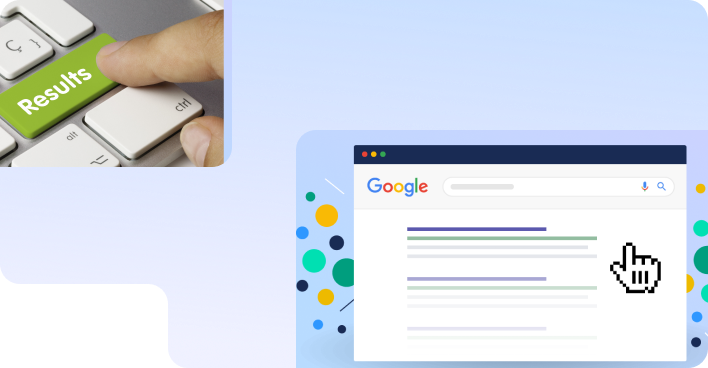No magic - just our painstaking joint work on the site
Search promotion: what to - negotiate with the customer and the contractor
What customers need to know about SEO promotion
Do you know what is the most popular and oldest service in the website promotion market?
This is SEO. Would it seem that what's new can be said about search engine optimization? Why are there still misunderstandings between the customers of this service and the performers? I am writing specifically so that at the start there are no unresolved issues, illusions and high expectations.
And that's what I want to say, addressing you directly.
Customer!
SEO is an opportunity to enter a wide market with your product. At the same time, most often this is a market with an audience already ready to buy. In other words, you do not need to create demand around your company, but to satisfy the existing one and gradually increase it.
Often, SEO is understood only as the top positions of the site in the search and no more. But this is a full-fledged sales tool that allows you not only to show your site to the user, but also to increase profits.
Main KPIs: what are there for SEO, and what is the contractor responsible for?
You assign the main KPIs in SEO depending on your goals. Here is a small list of KPIs that can be affected by an SEO campaign:
- Site visibility in search engines. This indicator shows the percentage of the audience that sees your site. It can be used to track the general state of affairs and whether SEO work is moving in the right direction.
- Search Engine Positioning. This indicator is similar to the first one. Some people consider it obsolete, because there is an increasing emphasis on personalized delivery. But not tracking it is completely wrong, because the behavior of the site on a particular request makes it possible to quickly correct the work of SEO or notice a positive result of the work done.
- Site traffic. Perhaps the most understandable metric. The more attendance, the better. The more users come to the site, the more likely it is to make a purchase.
- Recognition. This indicator is determined by the growth of brand traffic to the site. This is important for companies that not only want to sell their product, but also make a profit on their own behalf.
- The number of conversions. By conversion we mean the achievement of the goal. For commercial projects, this is primarily a purchase on the site.
- Lead cost. This indicator is one of the most important for the customer, as it demonstrates the monetary efficiency of SEO site promotion activities.
- Visitor cost. SEO work can be considered effective if this indicator decreases during work. That is, the longer you promote the site, the lower the cost per target user.
- ROI. A metric that requires teamwork between the customer and the contractor to calculate. ROI shows the payback of SEO and the profitability of working with this sales channel.
- Improvements in behavioral factors. This KPI consists of several metrics: number of pages viewed, bounce rate, time spent on the site, etc. It affects not only the number of conversions, but also the position of the site in the search results.
How pay per lead works
Lead generation with pay-for-performance is a kind of payment for the profit received. In other words, the customer pays for each achievement of the goal on his site. Goals are configured in analytics
Paying for leads may seem like the most attractive and straightforward way to pay for an agency's SEO services. But! There are a number of pitfalls to consider:
- The contractor in this option will be inside your business, he must not only know the basics, but also understand the real number of orders for a certain period.
You must be prepared for the fact that the contractor will track leads not only from the site, but also their processing within the company, give recommendations on incoming calls and messages, and check their effectiveness.
The main accents for choosing a contractor: the first is professionalism, the second is decency.
- In this case, you should think about connecting multiple sales channels: SEO, context, SMM, and others.
- It is necessary to lay time and money to prepare the site for work at these rates. This will include not only an analysis of the market and demand, but also the refinement of the site, improving usability.
- Any self-respecting contractor, before working at this rate, will want to view statistics on leads for at least a year in order to track the current situation and seasonality of demand.
- The cost of this tariff is always significantly higher than the payment "for positions" or a fixed budget for SEO.
If this does not scare you, then immediately try it, the result will be good.
If you already want to get started, we are waiting for you!
How pay-per-position promotion schemes and SEO website traffic promotion work
Both schemes are aimed at maximum coverage of the target audience, which is already in the search engines. Both start with a list of search queries.
Then what is the difference between them, you ask. Let's figure it out.
In the “by traffic” option, the list of requests is flexible and involves adding in the process of work.
Both schemes have their pitfalls, and it will be very important for you, as a customer, to identify your goal at the start of work. Answer the question: “Why do I need SEO promotion?”. For most customers, this is not one indicator, but several. There are various combinations:
- positions + number of conversions,
- traffic + awareness + lead cost, etc.
SPRAVA specialists do not guarantee the result of TOP-3 for 6/8/20 months. But at the same time, we can guarantee quality work. And if traffic is important to you, then we, as contractors, not only make sure that it grows, but also monitor its quality, implement recommendations for converting traffic into leads. Because we clearly understand that even the best positions and the maximum amount of traffic cannot guarantee sufficient profit for the company.
It should be borne in mind that positions for the same query can change several times a month and the task of an SEO specialist is to respond in time and correctly to a change in the search results algorithm.
If you are in difficulty, which scheme to choose, I will give advice. It is worth considering the specifics of a particular business, as well as the current situation in search results. Below I will give a few examples with recommendations on which option is suitable for each.
Talk about promoting your site
Low or no demand in search statistics
A new product that is just entering the market needs to be promoted by position and increase demand around it. If we understand that the target audience has appeared on the Internet, then we can consider the option of switching from the “by positions” scheme to the “by traffic” scheme. Try to also connect contextual advertising, display networks and generate demand for your product on thematic sites.
Example:
Tourist site, little known region.
We were promoted by a site advertising holidays in a little-known region. There were very few visitors to the site. Usability is not up to the mark.
Google Trend statistics showed this graph:
This means the audience is small.
Therefore, the SPRAVA team decided to promote the site according to the widest list of requests, as well as connect contextual advertising on sites similar in subject matter, and take the site's usability seriously. Such complex actions gathered all possible audience on the site:
Confidently upwards without gaps - an increase in the audience. Not! Significant increase :0)
Online store promotion
In large store catalogs, a large proportion of the audience falls on low-frequency queries when they are looking for a specific product. In this case, promotion "in positions" is not desirable. It will lead to traffic limitation, as the contractor's hands will be tied, and he will not be able to optimize, for example, the final product pages to attract a larger audience.
Example:
Online furniture store, which regularly expands the range of products. When the owner of this site turned to TM "Sprava", the semantic core was fixed. The traffic did not grow, although the positions were good. Then we decided to regularly expand queries and optimize the final product pages. As a result, traffic grew not only for the general queries like “buy sofas”, but also for the low-frequency ones, like “buy a sofa + name”.
This is the picture every store owner wants to see.
Services sector
Often for the sites of companies that provide services, traffic statistics have a predictable seasonality and are limited. In this variant, the scheme of work “by positions” is suitable.
Example:
Promotion of the website of medical services in a certain region. When developing the semantic core, all query options in all areas of treatment were taken into account. At some point, the traffic reached its peak and stayed at the same level.
Nice traffic consistency is when you choose the right SEO package and a good contractor
How to evaluate the scope of work
SEO, on the one hand, has a number of standardized works that specialists can do according to a checklist (either each action can have its own price or just the total amount is stated). On the other hand, search results may change. All sites are very individual, and the contractor will not physically be able to draw up a standard list of works for each customer.
Therefore, an excellent option for cooperation with a SEO company is to track the effectiveness of the metrics set at the beginning of the work. If it is still important for you to have a clear list of work performed, then SEO specialists will be able to provide it. But!
Often, in order to understand the meaning and content of these works, the customer needs to gain the knowledge and skills of an SEO optimizer.
When to expect results, or when to start panicking
What is the customer expecting
A bad version of the work - the customer, having heard the forecast for the timing of website promotion, pays for SEO work and just waits for magic after this period.
A good version of the work - the customer monitors the intermediate options for the work of SEO specialists, takes an active part in providing information and implementing recommendations.
What does the performer guarantee
There are no time-bound guarantees in SEO. There are 2 prediction options:
- Preliminary . The specialist analyzes the possibility of the site reaching the top of this topic by conducting a brief audit of query statistics and competitor sites in the search results. The term is approximately the same for all sites of this subject.
- Predictive. SEO-specialists give it after auditing the site, search results and evaluating the required amount of work.
SEO specialist predicts the time frame for which it is possible to achieve your optimization goals. What influences these terms?
Thus, we can take 2 sites with similar topics and get completely different forecast periods.
- Statistics of queries on this topic, competitiveness in the niche and the state of affairs in the search results.
- The completeness of the answers in the information provided on the site.
- Domain name age and history.
- Site structure, usability quality.
- Approximate assessment of work on internal optimization (for example, for an online store, this volume will be greater than for a cleaning company) and others.
Why is it usually recommended to combine SEO and context?
SEO-specialists of TM "Sprava" advise you to connect the integrated marketing scheme and act on the principle of "SEO + context".
This is necessary in order for the site to make a profit from the first months of work and pay off the costs of SEO promotion. Especially this option works well with new sites that have not yet gained enough weight.
Example:
A highly specialized law firm in a city with a population of less than 1,000,000. New site, no history of the domain name. It was decided not to wait for profit from SEO and immediately connect contextual advertising. The graph shows that at some point, SEO traffic caught up with the context, which made it possible to reduce advertising costs. An important point: the site was developed taking into account all the usability recommendations and had excellent indicators of behavioral factors.
"1 + 1 = 3" - this is approximately the effect of the synergy of SEO and context
Tools for evaluating results
Positions. There are a large number of services that allow you to check the position of the site for given queries with a minimum error.
Traffic. Here we can confidently say that the leader is Google Analytics. At the same time, these services allow not only to track the overall traffic on the site, but also to conduct its detailed analysis:
- by sources of referrals;
- by geography;
- by age groups;
- by devices from which they visited the site, etc.
They also allow you to track the quality of this traffic (bounce rate and other indicators).
Example:
The clinic website, with a large number of permanent audience, was developed without an adaptive version. The customer was shown the statistics of visits to the site from smartphones and proved the need for an adaptive site design. On the chart, red marks the moment when the design was changed on the site. After that, mobile traffic began to grow, and the bounce rate decreased by more than 2 times.
Don't Forget About Website Adaptiveness
Another example of the application of traffic analysis by region. The customer promoted the site on agricultural topics and simultaneously opened an adjacent direction. In order not to load the current site with a large catalog, we decided to develop and launch another site. Before its promotion and launch of contextual advertising, the audience was analyzed by region. And they focused on the one that was more profitable. This made it possible to receive orders already in the first week of the launch of the context.
Audience analysis will help you understand in which region it is advisable to run ads, and where your people are not at all
Leads. A prerequisite for tracking the effectiveness of the site is setting the target action and counting leads. Also goals are configured in Google Analytics. These services make it possible to count the number of users who have completed an action on the site, such as booking or filling a shopping cart..
Example:
The site was promoted earlier, the site traffic grew steadily, but the number of leads was at the same level. With such a problem, customers came to us. And we chose a strategy to maintain current positions at the first stage, then finalized the usability of the site, and after that we revised the query core and increased traffic. So the number of leads increased (and you understand that the growth of targeted traffic is accompanied by an increase in orders).
ХGood strategy: retain, change and grow
Dynamic call tracking is also used to track performance. It allows you to count the number of calls from the site. At the same time, users who come to the site from various channels (SEO, context, SMM, etc.) are shown a unique number by this service, due to which the effectiveness of this particular channel is tracked.
Call tracking allows you to measure the effectiveness of not only sales channels, but also specific advertising campaigns:
It also tracks the number of leads for multi-channel transitions:
Results interpretation
For so many sites, we can't see a perfect picture of traffic growth, lead numbers, etc. This is due to circumstances beyond SEO's control. Below we will analyze a few of them.
Seasonality
A perfect example is a resort hotel in Odesa. For such sites, you can see the perfect wavy graph in traffic reports. It completely repeats the demand schedule for this direction.
So, for example, the Google Trends chart for rest in Odesa looks like this:
Odesa, waves - of course!
And this is the traffic graph of the hotel in Odessa, which repeats it almost perfectly:
In fact, hotels not only in Odesa have such schedules
Tip: you can identify seasonality and other changes in demand using Google Trends.
Search results dynamics: who are you fighting for the top?
Search results, unfortunately, are not static. Every day, new competing sites appear on the market, which also want to get into the top. In addition to them, there are a large number of aggregator sites that often “keep” commercial sites from even the first two pages of search results. Why is this happening?
Aggregator sites have two important trump cards up their sleeve - a large number of pages and a huge range of offers and good behavioral factors. Users often find what they are looking for there, i.e. the bounce rate on such sites is lower and the time spent on the site is higher.
Example:
We were contacted by an agricultural site, which was already in the TOP-10, TOP-20 for targeted queries. The search results above the positions of this site consisted only of aggregators and message boards. The main task is to be able to break into the TOP-3.
What we did:
- Analyzed the internal optimization of the site.
- Did an audit and improved behavioral factors by improving usability for landing pages and final product pages.
- Filled the site with quality content.
As a result, we brought the site to the TOP-3 for more than 80% of the semantic core. We also increased the amount of traffic and leads by publishing articles and improving the convenience of the interface. The result is an increase in organic traffic by more than 2 times.
Do you want to be in the TOP 3?
Conclusions
An SEO contractor and a customer are first and foremost partners. For effective work, partners must have a complete mutual understanding.
On the part of SEO specialists, this is an understanding of why the customer needs to optimize the site and what results he wants to get.
And on the part of the customer, this is the realization that you need to work together, provide information about the business and often about some internal processes, important nuances. This is not just a curiosity of the contractor, but a necessary minimum for obtaining excellent results.
We care about improving your sales :)



